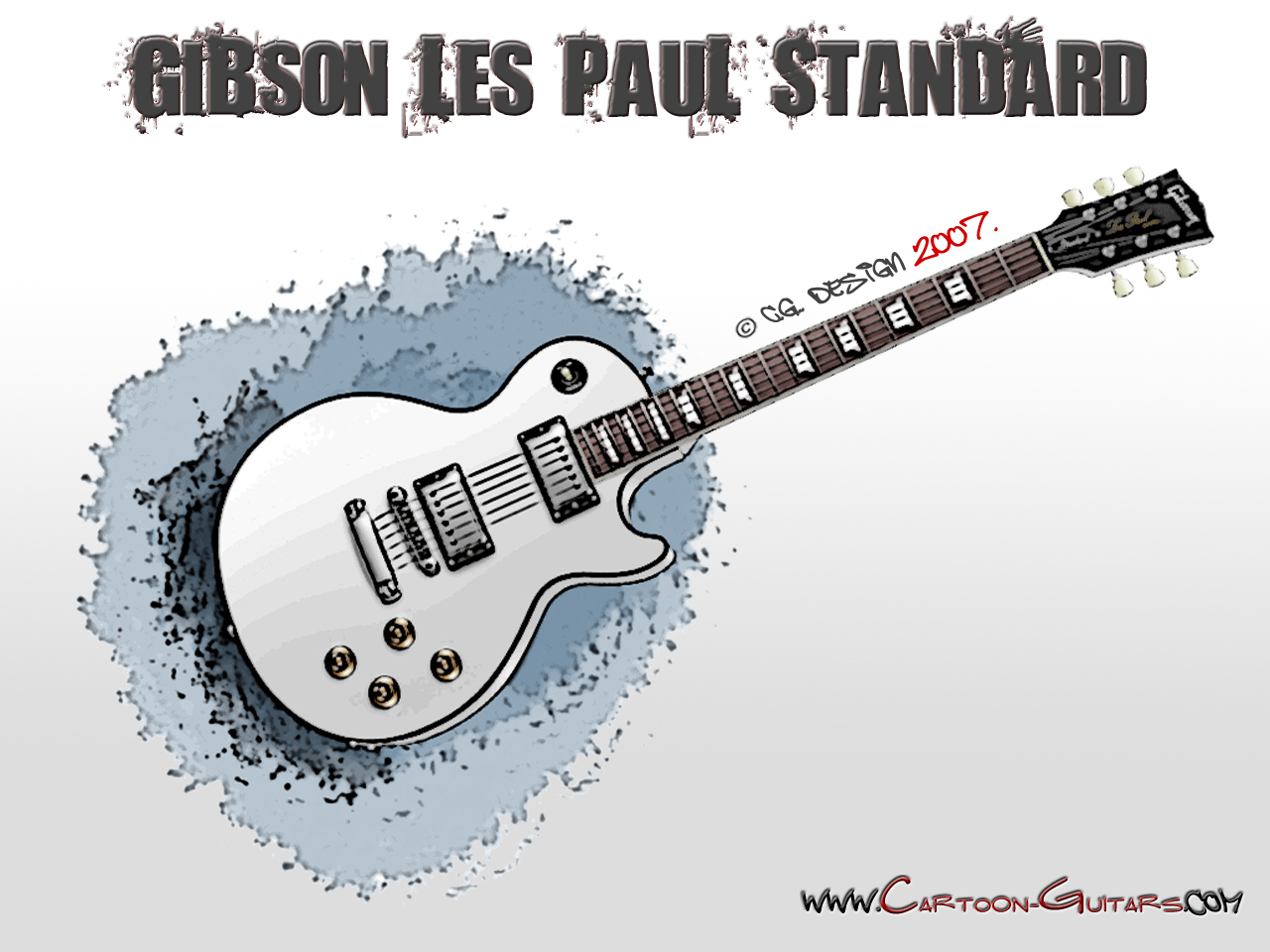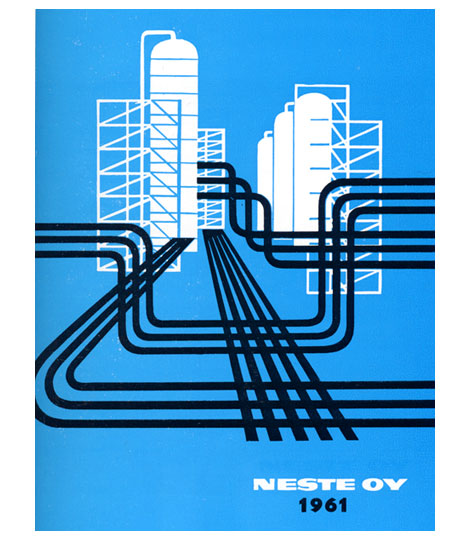 This picture shows a representation of a guitar. The guitar is very detailed and stays true to the actual design of a real Gibson Les Paul Standard guitar. The elements in the image are very direct in communicating what type of guitar it is. As Dondis puts it the image stays true to the eye by keeping in all the details. The job of a representational image is the report what is real and this image does that with detail. It stays true to the form and does not lack detail, which are key in the representational level.
This picture shows a representation of a guitar. The guitar is very detailed and stays true to the actual design of a real Gibson Les Paul Standard guitar. The elements in the image are very direct in communicating what type of guitar it is. As Dondis puts it the image stays true to the eye by keeping in all the details. The job of a representational image is the report what is real and this image does that with detail. It stays true to the form and does not lack detail, which are key in the representational level.
This neon guitar lamp is an abstract image of a guitar. One can recognize this as a guitar but it lacks detail. It takes on the form of a guitar however it is not an actual guitar. This is more of an abstraction of something representational because it has the form but it is just basically simple lines that created the shape of a guitar. Abstract is visual information that is simplified. This is a guitar that is simplified. The guitar is not any specific kind of guitar, therefore that is what makes it so abstract because it is very general and nonspecific.

We all know this symbol to be a musical note. It doesn't make any sound but it plays the function of letting us know that it means music. The image carries meaning yet it does not represent anything in the real world. However, this what most people associate with music. It comes in many forms. Symbols can be complex but in most cases symbols must be simple for understanding. For this symbol, it is simple because it does not need to be complex to communicate music.















